Aquaculture & Fisheries
Tidal specializes in product development, shellfish farming techniques, manufacturing and the distribution of shellfish aquaculture grow-out equipment.
Tidal Marine supplies shellfish aquaculture equipment to mussel, kelp and oyster farmers in many regions. We offer an extensive line of proven Tidal (formerly called GoDeep™) Buoys and Floats for aquaculture and the commercial fisheries. Our products are specifically designed to withstand Canada’s challenging conditions. Their durability ensures reliable operation and a longer service life, greatly valued by our clients.
Featured Aquaculture & Fisheries Products
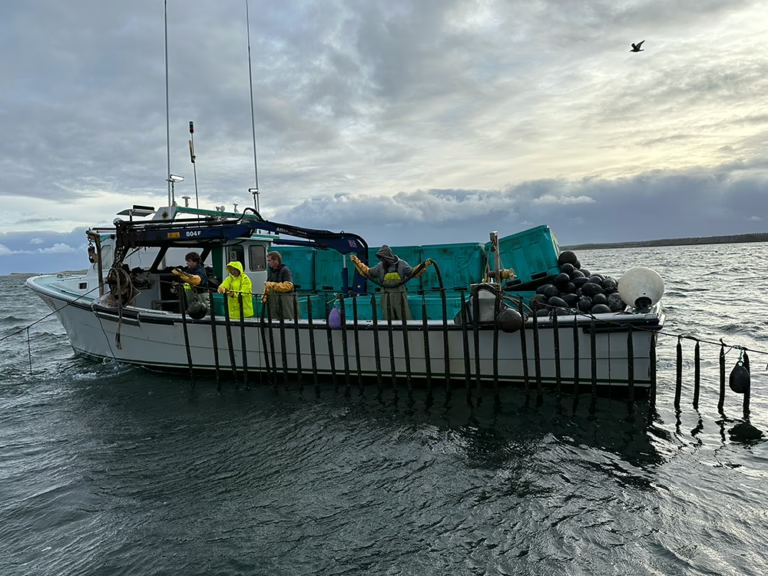
Mussel Farming
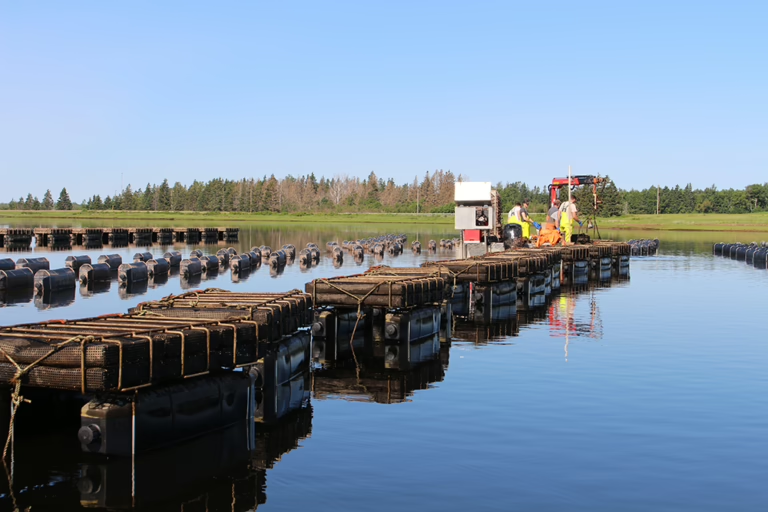
Oyster farming

Kelp farming
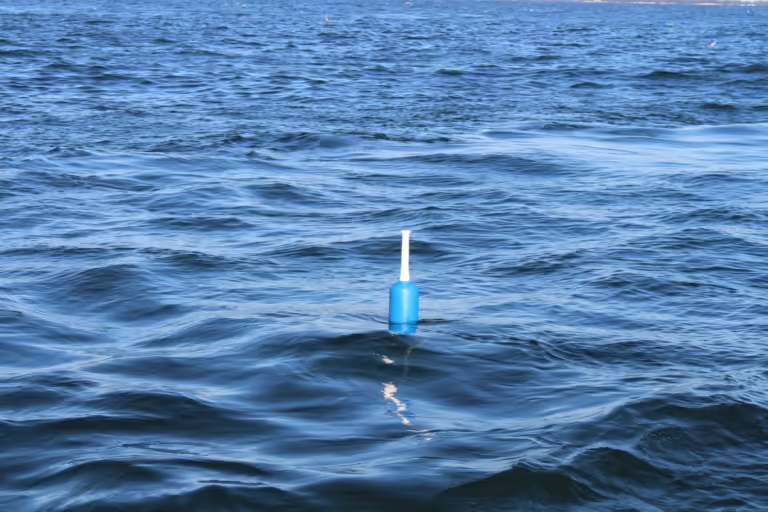
COMMERCIAL FISHERY TRAP BUOYS
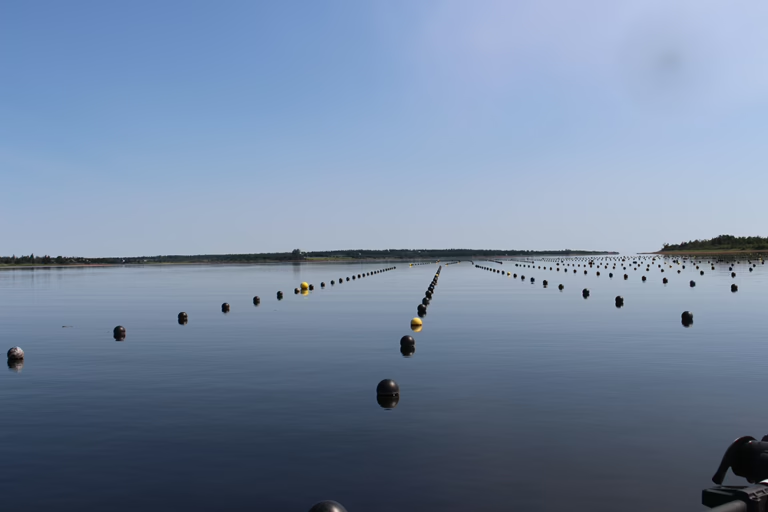
BUOYS & FLOATS
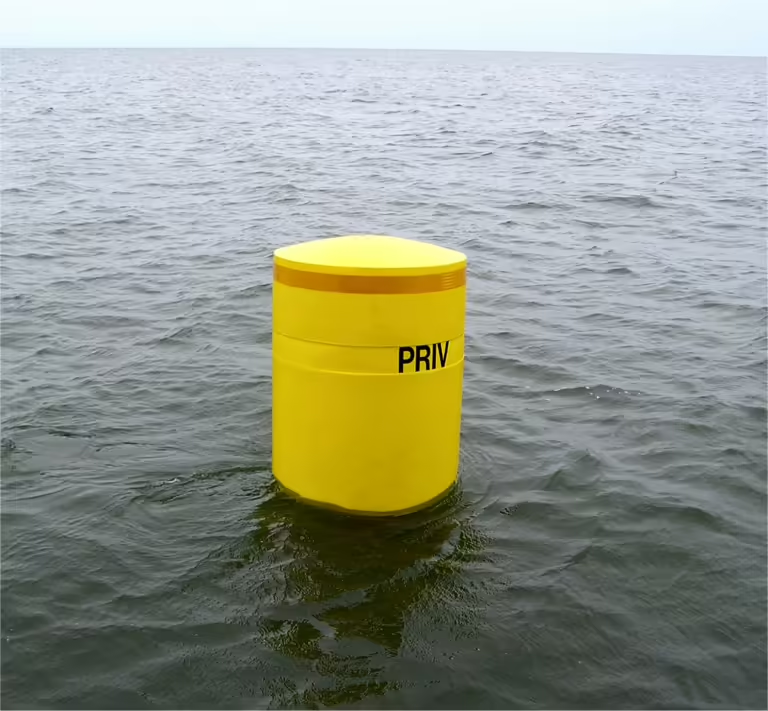
LEASE MARKING
Industries
Tidal Marine services a wide variety of clients, ranging from private companies and public organizations to individual customers.
Frequently Asked Questions
What is the difference between “Individual Drop” and “Continuous” Mussel Socking systems?
TIDAL individual drop socks contain the mussel seed and provide a mesh substrate for byssal thread attachment by the mussels. They are frequently used in mussel farming areas that typically have shallower depths with greater water temperature variation, or when hanging the socks from floating rafts. Continuous socking systems typically use a rope substrate that the mussels must attach to, continuous lengths of rope are seeded and hung in loops from surface buoys in deeper waters.
What are the benefits of grading mussel seed before “Grow-Out in Socks”?
Seed collection, de-clumping and grading reduces the cost of floatation, increases the yield and quality of product at harvesting, and provides a wider window for processing mussels at the consistent market size. Grading at the Seed stage versus only Grading at the Harvest stage significantly increases yield and consistency in size of the harvest mussels.
Do you recommend Wire Oyster Cages or Aluminum Frame Oyster Cages?
Polyvinyl Chloride (PVC) dipped metal wire was first used to create “Oyster Cages” in the late 2000’s, cages were made to hold either 4 or 6 oyster growing bags, and 2 larger floats were attached to the wire cage to support the weight. These “cage” systems allowed for greater densities than the original “Floating Bag” systems. Over time, it was recognized that PVC coated wire tended to breakdown and was susceptible to damage that was difficult or even impossible to repair. This led to the creation of the heavy duty and durable aluminum frame cages fabricated by bending and welding aluminum round bar which are quickly replacing the PVC wire mesh cages.
Do you recommend Square or Diamond mesh Oyster Bags?
Both types of mesh have benefits and issues. Square mesh bags are used in some parts of North America because the farming systems require a rectangular “boxed” or “squared” oyster bag which is easier to create using the “Square” mesh. Diamond mesh bags are stronger due to the shape of the mesh and will last longer, however, the sharp edges on the openings of diamond mesh bags are sometimes considered a problem.
Can the Go Deep™ polyethylene Trap Buoys be recycled?
Yes. All of Go Deep™ buoys and floats are manufactured using 100% virgin high density polyethylene resins that are 100% recyclable at the end of a long service life.
How long will a Go Deep™ buoy or float last?
Go Deep™ black mussel longline buoys manufactured in the late 1990’s are still in use today, more than twenty-six years later. Our carbon black buoys and floats are long-lasting and will easily surpass 25 years of expected life. Coloured buoys will fade slowly over time, although the mechanical properties will be good, colour fade may become the reason to replace the buoy after about 15 years.